How To Get Rid Of Spider Mites On Cannabis Plants
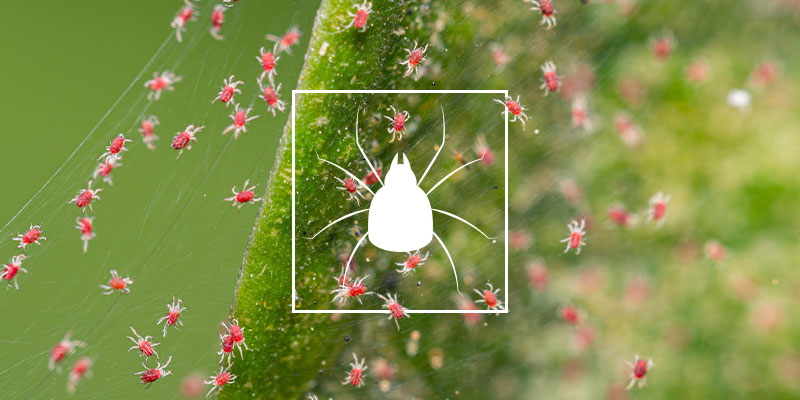
Spider mites are a common pest that can disrupt and even destroy a cannabis grow. Though detrimental, they are easily treated with the right know-how. You can soon return your grow back to full health using the treatments detailed below. Then, employ the preventative measures to reduce the chances of these pesky critters returning.
Spider mites are a notorious pest for cannabis growers and can cause significant disruption. These tiny arachnids can quickly infest and destroy entire plants if not dealt with promptly, so you need to arm yourself with the appropriate knowledge to overcome this problem. Fortunately, removing spider mites is quite simple if you know what to do. This article will provide comprehensive information on how to identify, treat, and prevent spider mites on cannabis plants to ensure healthy growth and bountiful harvests.
What are spider mites?
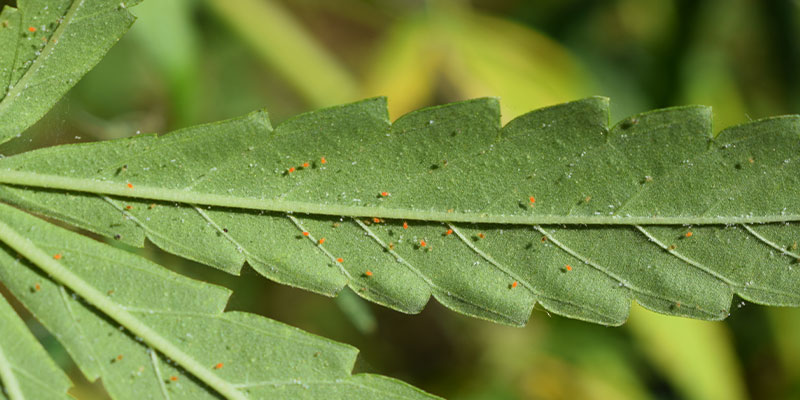
Spider mites are small, sap-sucking arachnids that belong to the Tetranychidae family. Unlike regular spiders, spider mites are detrimental to plants, particularly cannabis. They puncture the surface of leaves and feed on sap, robbing plants of key sugars, nutrients, and water. A couple of spider mites won’t cause much harm, but they can quickly multiply and overwhelm plants, damaging their health and decreasing yields.
What do spider mites look like?
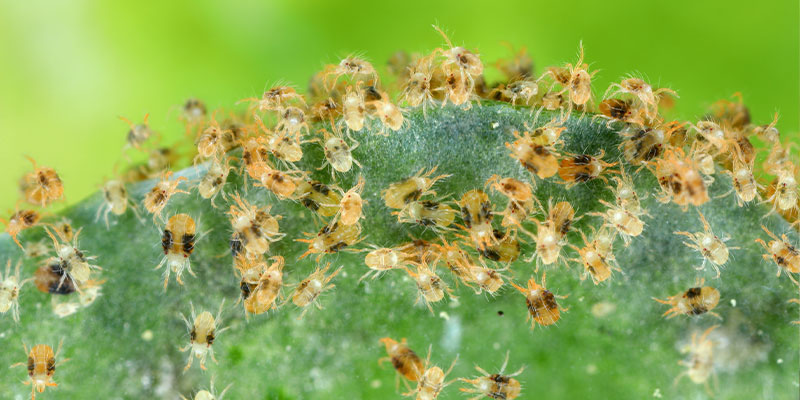
Spider mites are tiny, with a typical adult size of 0.5mm, making them difficult to see with the naked eye. For proper identification, we recommend using a magnifying glass or jeweller's loupe, such as you might use to look at trichomes. Spider mites come in various colours, including red, green, yellow, and brown. Using magnification, you’ll also make out their oval-shaped body and eight legs. A telltale sign of spider mites is the presence of fine webbing on the underside of leaves. During heavy infestations, spider mites can also start spinning their webbing across buds. The leaves may also show small white or yellow speckles where the mites have fed.
What causes spider mites on cannabis plants?
Spider mites thrive in hot, dry conditions, much like weed plants. They can be introduced to your grow room through contaminated plants, clothing, or equipment, but are most common in outdoor cannabis gardens. Overcrowded growing conditions and lack of proper airflow create an ideal environment for spider mites to multiply in a short space of time.
How to treat spider mites on cannabis plants
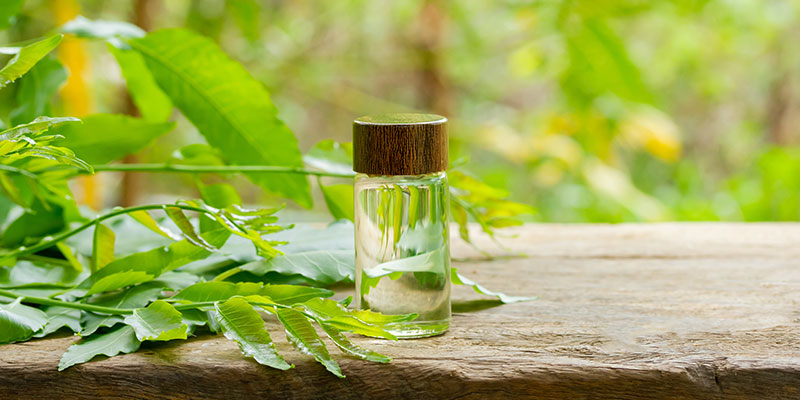
Spider mites can wreak havoc on your cannabis crop, in some cases even destroying it, so it is crucial to act quickly once an infestation is identified. We suggest using organic means to get rid of spider mites, as a cannabis grow operation shouldn’t damage the wider environment. Below, you’ll find several effective methods to rescue your plants from a spider mite infestation.
Natural ways to get rid of spider mites
Here are five natural, organic means to tackle a spider mite infestation in your cannabis grow room or garden.
Neem oil
Neem oil is a naturally occurring pesticide extracted from, you guessed it, the neem tree! Mix neem oil with water and a few drops of dish soap so that it clings to the plants and mites. Spray the solution on affect areas, focusing on the underside of leaves. You can use this pesticide liberally until the infestation has cleared up. Going forward, you can apply neem oil once every week or two as a preventative measure, especially when growing outdoors.
Insecticidal soap
Insecticidal soaps contain potassium salts, which disrupt insect cell membranes, causing them to leak. This form of biopesticide also interferes with the hormones and metabolism of some insects. Spray it liberally on the underside of leaves, and directly onto visible spider mites, until the infestation clears up.
Predatory insects
You can also harness other hungry insects to do your dirty work. Predatory insects are carnivorous and uninterested in your cannabis plants. They do, however, have an appetite for spider mites. Introduce natural predators like ladybugs, predatory mites, or lacewings into your grow area as both a preventative measure and a direct treatment.
Essential oils
Mix essential oils like rosemary or peppermint with water and spray on affected plants. Because they’re so potent, you’ll need to dilute them at a rate of 20 drops of essential oil per 5L of water. Add a few drops of dish soap to help your solution stick to plant surfaces. These oils are toxic to spider mites and will help to remove an infestation. Plus, if used inside, they’ll infuse your growing space with a pleasant odour.
Rubbing alcohol
A solution of 50% isopropyl alcohol and water can be sprayed on plants to kill spider mites on contact, at a ratio of 200ml per litre of water. Apply the formula every three days over two weeks to wipe out even advanced spider mite infestations.
How to prevent spider mites
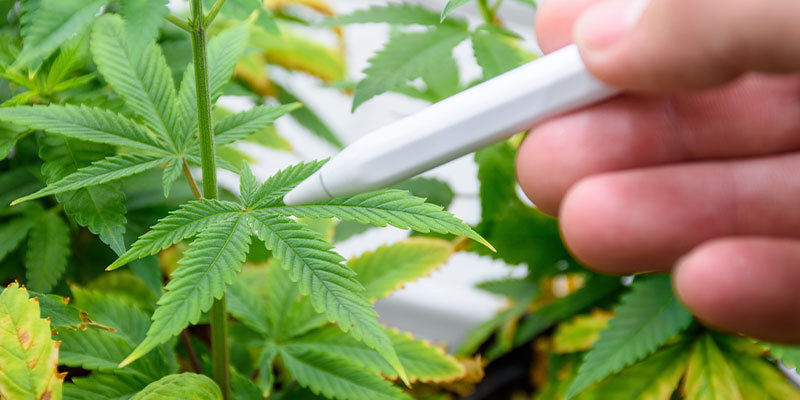
Preventative measures won’t just protect your cannabis crop from spider mites, but also from a range of other would-be pests that can damage plant health and impact yields. Check out some of the most effective procedures below:
- Maintain proper hygiene: Always clean your grow area, tools, equipment, and even your hands. Avoid introducing outside plants into your grow space without proper quarantine, as they may carry all manner of pests on them.
- Control the environment: Keep temperature and humidity levels in check. Spider mites prefer hot, dry conditions. Maintaining a humidity of 50–60% indoors can help to keep them at bay.
- Regular inspections: Regularly inspect your plants, especially the underside of leaves, for early signs of spider mites and other pests. That way, you can act before they do any real damage and save yourself time and stress.
- Adequate airflow: Ensure good airflow in your grow room to prevent hot spots where mites can thrive, breed, and spread. Space plants appropriately and use a fan or ventilation system if growing indoors. Practise frequent defoliation, training, and good canopy management.
- Beneficial insects: Keep a population of predatory insects in your grow area as a preventive measure. These can also be supported by companion plants, which will provide habitat and help to keep them around.
Frequently asked questions
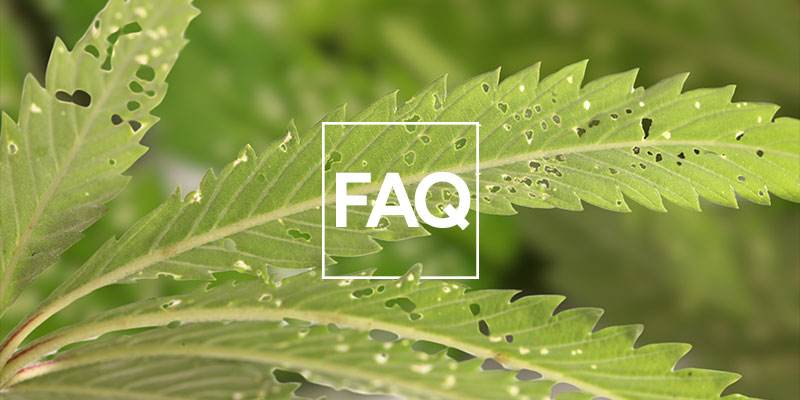
Below, you’ll find some common questions and answers about spider mites and cannabis.
What will spider mites do to my buds?
Spider mites can directly damage buds by sucking sap from them while also limiting their size and potency. Damage to leaves can also inhibit photosynthesis, affecting overall yield. Spider mite webbing can also contaminate flowers, making them very difficult to clean and rendering them unusable.
What kills spider mites instantly?
Alcohol mixed with water can kill spider mites on contact, making it a good solution to immediately tackle a spider mite infestation.
How to get rid of spider mites in my grow tent?
To get rid of spider mites in your grow tent, remove infested plants and clean the tent thoroughly with a bleach solution or alcohol. Use natural treatments on the remaining plants to clear the infestation off of them. Then, ensure proper ventilation and humidity control to prevent re-infestation later down the line.
Do spider mites live in soil?
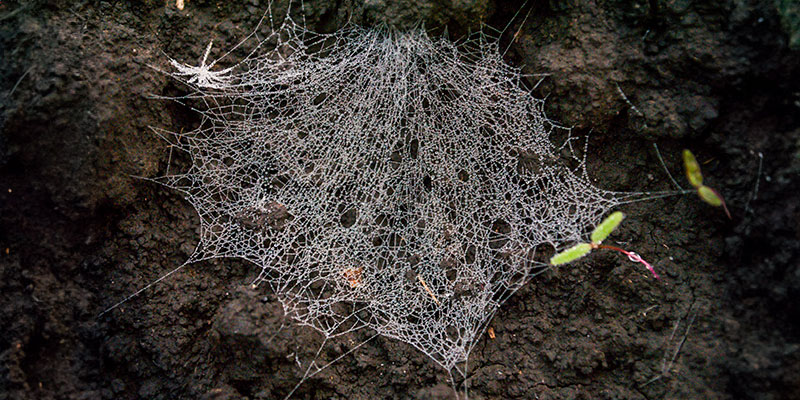
Spider mites primarily live on plants, but they are known to sometimes hide in the soil, where they can survive for up to 11 days. When tackling an infestation, make an effort to re-pot plants after treating them. Dislodge as much soil from the root ball as possible and transplant them into fresh soil.
Should I get rid of spider mites?
Yes, you should get rid of spider mites as soon as possible, as they will spread and breed if left to their own devices. Untreated, they can destroy your entire crop or significantly reduce your yield and the quality of your harvest.
What temperature kills spider mites?
Spider mites thrive in hot conditions, but temperatures above 43°C for several hours can kill them. However, such high temperatures can also damage your plants, so stick to other control methods.
Spider mites: Best treated fast

Spider mites can be easily dealt with if spotted and acted upon appropriately. If left untreated, they will damage your plants, reducing yield and potentially even destroying whole plants. As that would waste a significant amount of time and energy, it’s worth solving this problem as soon as it occurs!





 United States
United States











